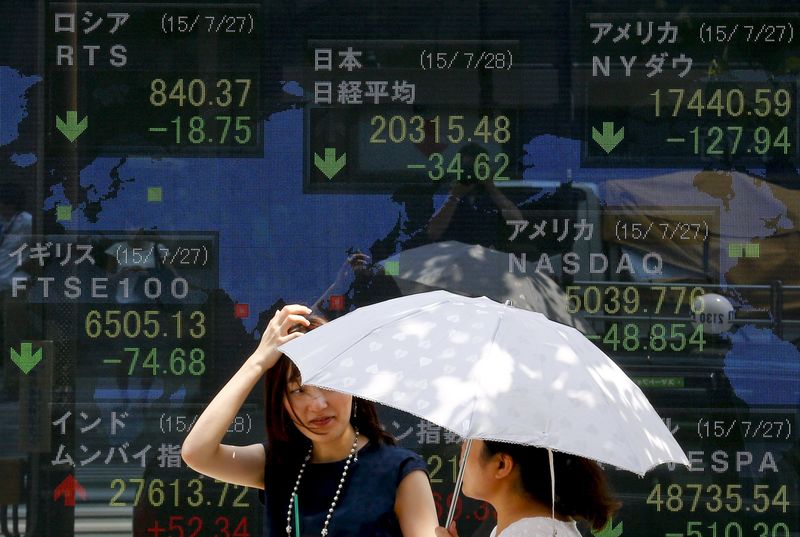This post was originally published on this site

Investing.com – Asia Pacific stocks were mostly down on Thursday morning. U.S. counterparts and oil both dropped sharply over a potential massive release of U.S. strategic oil.
China’s Shanghai Composite edged down 0.17% by 10:23 PM ET (2:23 AM GMT) and the Shenzhen Component fell 0.6%. The manufacturing purchasing managers index (PMI) was 49.5, while the non-manufacturing PMI was 48.4, in March 2022. The Caixin manufacturing PMI is due on Friday, and the People’s Bank of China vowed to boost confidence and provide more effective support to the economy.
Securities and Exchange Commission chair Gary Gensler also tamped down speculation that a deal to keep about 200 Chinese stocks from losing their U.S. listings is in the works.
Hong Kong’s Hang Seng Index fell 0.79%.
Japan’s Nikkei 225 edged down 0.13%, with industrial production growing 0.1% month-on-month in February. South Korea’s KOSPI gained 0.51%.
In Australia, the ASX 200 was up 0.35%. Building approvals grew 43.5% month on month, while private sector credit grew 0.6% month on month, in February.
Reports that the U.S. is preparing a plan to release roughly a million barrels of oil a day from its strategic petroleum reserve halted a rebound in oil. The Organization of the Petroleum Exporting Countries and allies (OPEC+) will also meet later in the day.
Global stocks are set for their worst quarter in two years as the war in Ukraine puts upward pressure on commodity prices, forcing central banks, including the U.S. Federal Reserve, to tighten monetary policy.
“I don’t think it’s quite the bear market, but I would say, what is the upside of equities from here, I don’t think it’s that much,” Principal Global Investors chief strategist Seema Shah told Bloomberg.
“But the downside risks are so great. Not only is, of course, the geopolitical crisis going on. But then you have the Fed hikes.”
Markets now expect the Fed to hike interest rates by a half point at its May meeting. Kansas City Fed President Esther George said she favors a “steady, deliberate” series of hikes, while Fed Richmond Bank President Thomas Barkin said he is open to hiking rates by a half-point at the next meeting, depending on how strong the U.S. economy is then.
New York Fed President John Williams will speak later in the day and the U.S. releases its latest jobs report, including non-farm payrolls, a day later.
Across the Atlantic, European short-dated notes led a selloff, with investors betting that higher-than-expected inflation will force the European Central Bank to hike interest rates.
There were also no breakthroughs in talks between Ukraine and Russia to end a war triggered by the Russian invasion on Feb. 24. Russia is also regrouping forces in a bid to take over Ukraine’s Donbas region.
Russia has backed off its demand that natural gas purchases be made in rubles, according to Germany, and a payment mechanism is currently under discussion.



